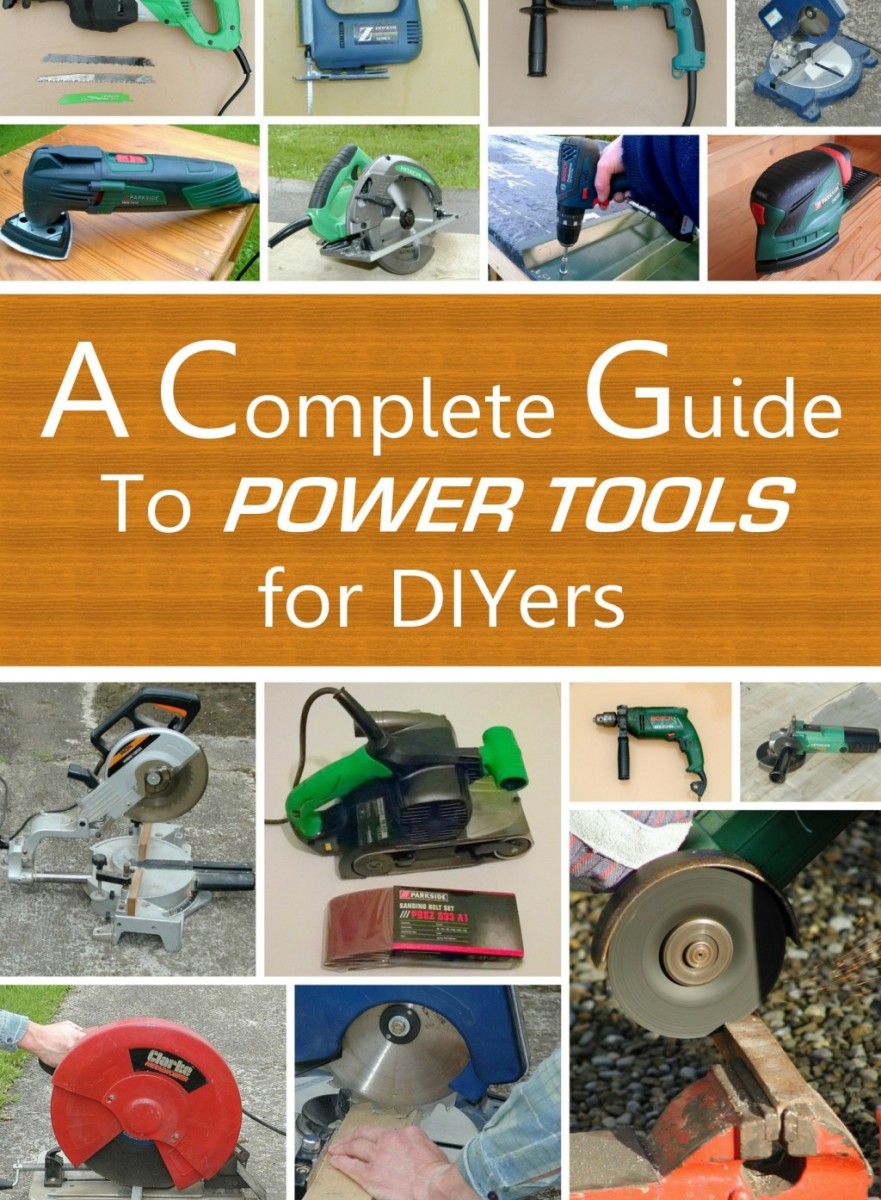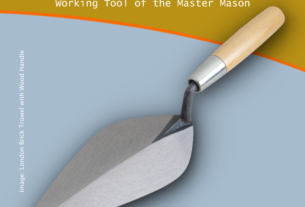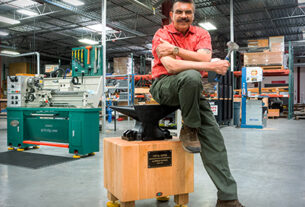Are you a vintage tool collector or just looking to add some character to your workshop? Vintage power tools may be the perfect addition! From sleek, metal designs to unique features that are hard to find in modern tools, there’s something special about old-school power tools. In this ultimate guide, we’ll explore everything you need to know about vintage power tools, including their history, how to identify them, and how to use them.
History of Vintage Power Tools
The first power tool was created in 1895 by German company Fein GmbH. It was an electric hand drill that could be used for both drilling and grinding. However, it wasn’t until the 1920s that power tools became more prevalent in workshops and factories. Manufacturers like Black & Decker and Milwaukee Tool began producing power drills, saws, and sanders that were powered by electricity.
In the years following World War II, the demand for power tools grew as the construction industry boomed. With the introduction of plastics and other new materials in the 1960s and 1970s, power tool design also began to evolve. But even as technology advanced and newer models hit the market, many people still preferred the durability and craftsmanship of vintage power tools.
Identifying Vintage Power Tools
If you’re interested in collecting vintage power tools or simply want to identify a tool you’ve inherited or found at a garage sale, there are a few key factors to look for:
1. Brand name – Some of the most popular brands of vintage power tools include Craftsman, Delta, Porter-Cable, Rockwell, and Skil.
2. Age – Check for any markings or labels on the tool itself or its packaging that indicate when it was made.
3. Style – Vintage power tools often have a distinctive look that sets them apart from modern tools. Look for features like metal casings, wooden handles, and unique shapes.
Using Vintage Power Tools
While vintage power tools may not have all the bells and whistles of newer models, they can still be incredibly useful in a workshop. Here are some tips for using vintage power tools safely and effectively:
1. Check for damage – Before using any vintage tool, inspect it carefully for cracks or other damage that could make it unsafe to use.
2. Understand the tool’s limitations – Vintage power tools may not be able to handle certain materials or tasks that modern tools can. Be sure to read the owner’s manual and understand what your tool is capable of.
3. Practice proper safety precautions – Always wear eye protection when using power tools, and follow all other safety guidelines provided by the manufacturer.
Collecting Vintage Power Tools
If you’re interested in starting a collection of vintage power tools, there are a few things to keep in mind:
1. Research – Learn as much as you can about different brands and models of vintage power tools so you know what to look for.
2. Condition – The condition of a vintage tool will greatly impact its value. Look for tools that are in good working order with minimal damage.
3. Storage – Proper storage is key to preserving the lifespan of vintage power tools. Keep them out of direct sunlight and away from moisture to prevent rusting or cracking.
Conclusion
Whether you’re a collector or just looking for a unique addition to your workshop, vintage power tools offer both style and functionality. By understanding their history and how to identify them, you can add rare pieces to your collection or find hidden gems at garage sales or online marketplaces. And if you choose to use these tools in your DIY projects, remember to always practice proper safety precautions and handle them with care.
Wiki Reference: https://en.wikipedia.org/wiki/Power_tool




